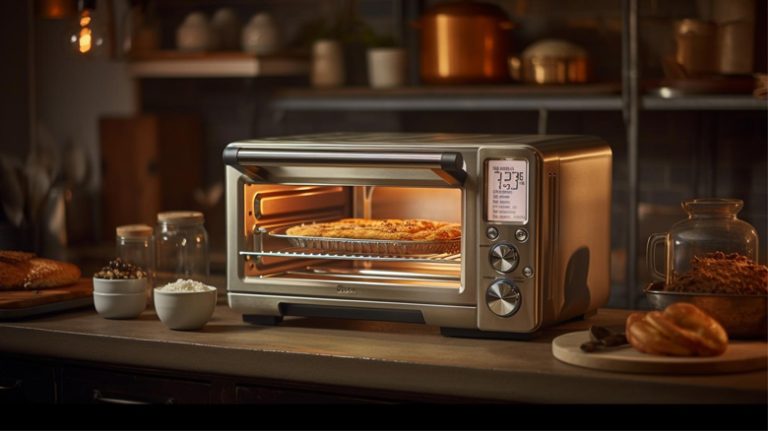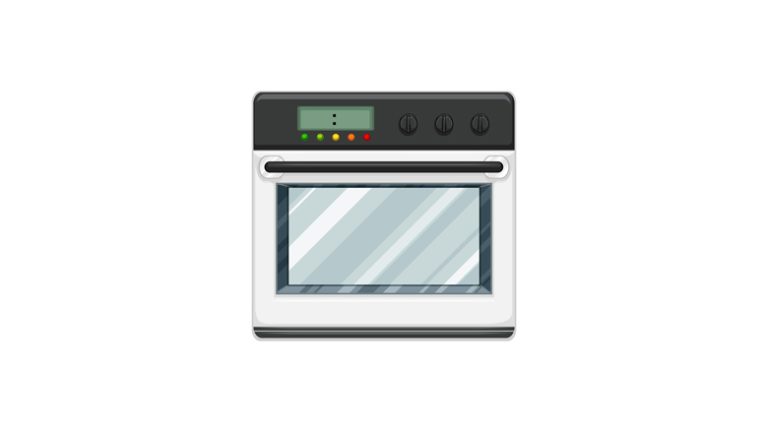Hamilton Beach Microwave Won’t Turn On: Troubleshooting Guide and Solutions
When your Hamilton Beach microwave won’t turn on, it’s more than just an inconvenience—it’s a disruption to your daily routine. Whether you’re reheating leftovers, defrosting meat, or popping popcorn, a microwave that refuses to power up can leave you frustrated and searching for answers. This comprehensive guide dives deep into why your Hamilton Beach microwave might not be working, offering practical troubleshooting steps, common causes, and expert solutions to get it running again. We’ll also explore related issues like power supply problems, internal component failures, and preventative tips to ensure your appliance stays reliable for years.
Why Your Hamilton Beach Microwave Won’t Turn On
A microwave that doesn’t power on can stem from a variety of issues, ranging from simple fixes to more complex repairs. Understanding the root cause is the first step to restoring functionality. Let’s break down the most likely reasons and how to address them.
1. Power Supply Issues
The most basic yet often overlooked reason for a Hamilton Beach microwave not turning on is a problem with the power source. If the appliance isn’t receiving electricity, it won’t function—no lights, no display, no hum of operation.
- Check the Outlet: Plug another device, like a lamp or charger, into the same outlet to confirm it’s working. A faulty outlet could be the culprit.
- Inspect the Power Cord: Look for visible damage, fraying, or loose connections on the cord. If it’s compromised, it may need replacement.
- Reset the Circuit Breaker: A tripped breaker or blown fuse in your home’s electrical panel could cut power to the microwave. Locate your breaker box, find the corresponding switch, and reset it if it’s off.
If the outlet, cord, and breaker all check out, the issue might lie within the microwave itself.
2. Door Latch Malfunction
Microwaves, including Hamilton Beach models, are designed with safety interlocks that prevent operation if the door isn’t securely closed. A faulty door latch or switch could trick the microwave into thinking the door is open, stopping it from turning on.
- Test the Door: Press the door firmly shut and listen for a click. If it feels loose or doesn’t latch properly, debris or wear might be interfering.
- Clean the Latch Area: Food splatter or grime can accumulate around the door seals and latch. Wipe it down with a damp cloth and mild soap, then dry thoroughly.
- Inspect the Switches: If you’re comfortable with basic repairs, unplug the microwave and check the door switches (usually two or three) with a multimeter for continuity. A defective switch will need replacing.
A properly functioning door latch ensures the microwave’s safety system allows it to power up.
3. Blown Internal Fuse
Inside every Hamilton Beach microwave is a fuse that protects the appliance from power surges. If this fuse blows, the microwave will go completely dead—no display, no response, nothing.
- Locate the Fuse: The main fuse is typically found under the outer cover, near where the power cord enters. You’ll need to unplug the microwave and remove the cover to access it.
- Test with a Multimeter: Check the fuse for continuity. If it’s blown, it won’t conduct electricity and must be replaced with an identical fuse (check your manual for specs).
- Safety Note: Microwaves store high voltage even when unplugged. Discharge the capacitor (a cylindrical component near the fuse) by shorting its terminals with an insulated screwdriver before proceeding, or leave this to a professional.
A blown fuse often signals an underlying issue, like a power surge or component failure, so replacing it might not be the final fix.
4. Faulty Control Panel or Board
The control panel is the brain of your Hamilton Beach microwave. If it malfunctions—due to a stuck button, moisture damage, or an internal glitch—the microwave might not respond when you press the start button.
- Perform a Hard Reset: Unplug the microwave for 5-10 minutes, then plug it back in. This can clear minor software hiccups.
- Check Button Response: Press each key to see if it registers. Unresponsive or sticky buttons might indicate a failing touchpad.
- Control Board Failure: If the panel lights up but the microwave won’t start, the control board (located behind the panel) could be defective. This repair often requires professional diagnosis due to its complexity and cost.
A hard reset is a quick first step, but persistent issues may point to a deeper electronic fault.
5. Thermal Fuse or Overheating Protection
Hamilton Beach microwaves include a thermal fuse or thermoprotector to prevent overheating. If the appliance gets too hot—perhaps from poor ventilation or prolonged use—this safety feature cuts power entirely.
- Ensure Proper Ventilation: Check that the microwave has adequate space around it (at least 2-3 inches on all sides) and that vents aren’t blocked.
- Test the Thermal Fuse: Like the main fuse, this component can be tested with a multimeter. A blown thermal fuse needs replacement, but investigate why it tripped (e.g., a clogged fan or excessive heat).
- Cool Down Period: Let the microwave sit unplugged for an hour to reset any overheating triggers before testing again.
Overheating issues often tie back to usage habits, so addressing ventilation can prevent recurrence.
Step-by-Step Troubleshooting Guide
Ready to get hands-on? Follow these straightforward steps to diagnose and potentially fix your Hamilton Beach microwave. Always prioritize safety by unplugging the appliance before any internal checks.
- Verify Power Supply: Test the outlet, cord, and breaker as described above. Ensure electricity is reaching the microwave.
- Examine the Door: Close it firmly, clean the latch, and test for engagement. A loose door is an easy fix that might solve the problem.
- Reset the Microwave: Unplug it for 10 minutes, then plug it back in and try powering it on. This can reset the system and clear glitches.
- Check the Display: If the panel lights up but the microwave won’t start, the issue might be with the control board or internal components rather than total power loss.
- Inspect Fuses: If comfortable, check the main and thermal fuses with a multimeter. Replace any that lack continuity, but proceed cautiously due to high-voltage risks.
If these steps don’t revive your microwave, it’s time to consider professional help or replacement.
When to Call a Professional
While many issues can be tackled at home, certain scenarios demand expert intervention:
- High-Voltage Repairs: Components like the capacitor, magnetron, or transformer involve dangerous voltages, even when unplugged.
- Persistent Failure: If fuses keep blowing or the control board is suspect, a technician can pinpoint the exact fault.
- Warranty Coverage: If your Hamilton Beach microwave is still under warranty (typically one year), contact customer support for a free repair or replacement.
DIY fixes are great for simple issues, but safety and precision matter more with complex appliances.
Preventative Tips for Long-Term Reliability
Once your microwave is back in action, keep it that way with these maintenance habits:
- Clean Regularly: Wipe down the interior after use to prevent grease and debris buildup, especially around the door and vents.
- Avoid Overloading: Stick to recommended cook times and power levels to reduce strain on internal parts.
- Ensure Ventilation: Place the microwave in an open area with clear airflow to avoid overheating.
- Unplug During Storms: Power surges can fry fuses and boards—unplugging during bad weather adds a layer of protection.
Proactive care minimizes the chances of your microwave shutting down unexpectedly.
Related Issues and Solutions
Your Hamilton Beach microwave might face other hiccups that tie into the “won’t turn on” problem. Here’s how to handle them:
- Microwave Runs but Doesn’t Heat: This points to a failed magnetron, capacitor, or diode—components best left to pros.
- Turntable Won’t Spin: A misaligned tray or faulty motor could be at play. Adjust the tray or test the motor’s continuity.
- Lights or Display Dim: A power issue or dying bulb might mimic a total failure. Check connections and replace bulbs if needed.
These symptoms often overlap with power problems, so a thorough check can uncover multiple fixes.
Final Thoughts: Restoring Your Hamilton Beach Microwave
A Hamilton Beach microwave that won’t turn on doesn’t have to spell the end of its usefulness. By methodically checking the power supply, door latch, fuses, and control panel, you can often identify and resolve the issue without much hassle. For trickier repairs—like a fried control board or blown capacitor—don’t hesitate to seek professional help to avoid risks. With the right approach, your microwave can be back to zapping meals in no time, saving you both time and the cost of a replacement.
Got a specific model number or lingering questions? Drop them below, and let’s get your kitchen humming again!





 Phone: +1 (332) 555-7890
Phone: +1 (332) 555-7890 Email:
Email: